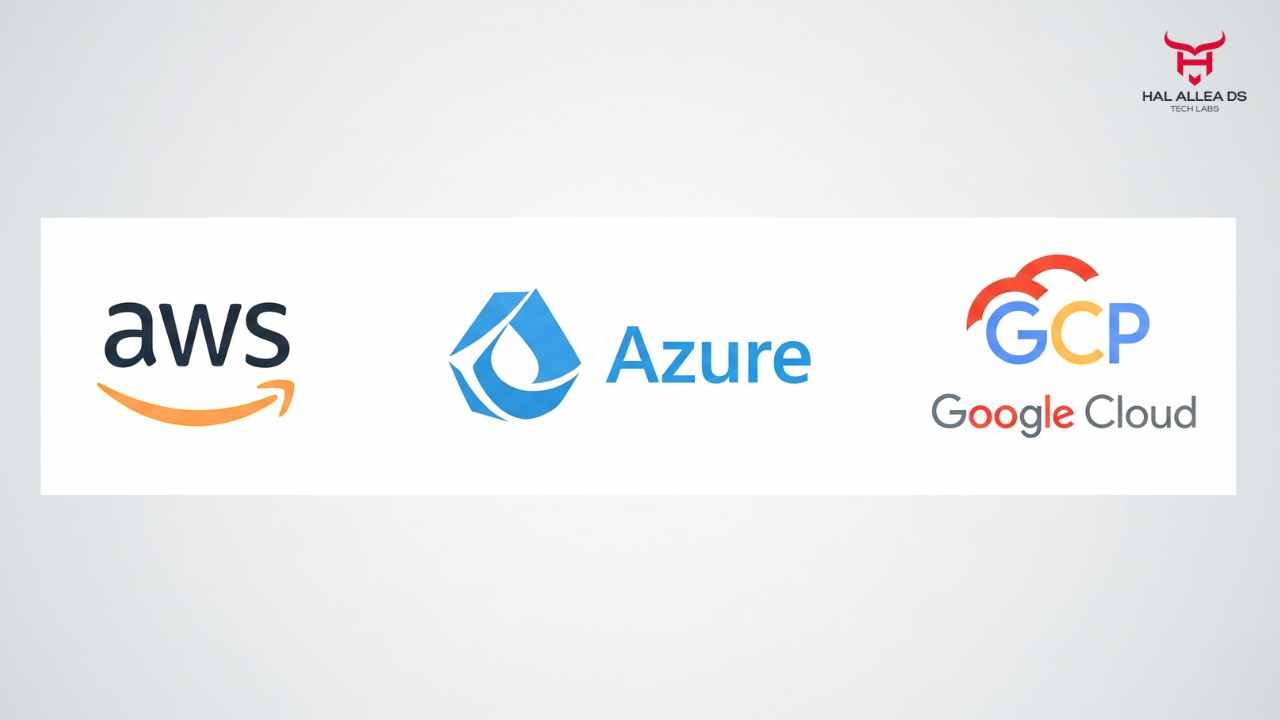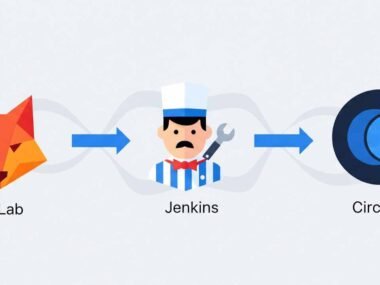In Q2 2025, global cloud spending topped $74 billion in a single quarter, according to Synergy Research—an increase of nearly 21% from the year prior. The “big three” cloud titans—Amazon Web Services (AWS), Microsoft Azure, and Google Cloud—together account for more than two-thirds of the entire market. But here’s the kicker: enterprise customers say they are paying more while seeing fewer efficiency gains.
The controversy is straightforward but heated: as enterprises lock deeper into the cloud, cost overruns, uneven performance, and complex licensing agreements are eroding trust. Microsoft’s ongoing audits of Azure clients, Amazon’s opaque pricing models, and Google’s aggressive discounting have combined into a pressure cooker moment. Who does it affect? Everyone from CFOs struggling with ballooning cloud bills, to CIOs forced to rationalize multi-cloud chaos, to investors questioning whether hyperscaler profits can keep soaring at the same clip.
In 2026, the stakes are higher than ever. Each provider is positioning itself as indispensable—yet every enterprise knows walking away is nearly impossible. That’s not competition; it’s entanglement.
The Data: Dollars, Speed, and Scale
The core debate around AWS vs. Azure vs. GCP comes down to two painful realities: cost and performance.
- According to Flexera’s 2025 State of the Cloud Report, 82% of enterprises cite managing spend as their top cloud challenge, up from 72% just two years ago. On average, organizations report wasting 28% of total cloud spend due to underutilized resources or poor monitoring.
- Performance benchmarks continue to paint a nuanced picture. Cloud Spectator’s 2025 analysis found that AWS still leads in raw compute efficiency across common workloads, while Azure has closed the gap in hybrid performance—and GCP quietly undercuts both on GPU-intensive AI/ML jobs by as much as 30%.
- On profits, the stakes are massive. Microsoft’s “Intelligent Cloud” revenue reached $35.1 billion in Q1 2025 alone, while AWS produced $25 billion in the same quarter, and Google Cloud posted $10.7 billion but with faster growth. Together, they form a $500 billion juggernaut by projected 2026 run rates.
Yet customers report persistent frustration. “We’re chasing invisible costs across three dashboards,” grumbled an IT director at a European bank, noting that the firm now spends more than 10% of its operating expenses on cloud bills that fluctuate wildly month-to-month.
Here’s the thing—enterprises know they can’t recapture 1990s on-prem consistency, but this smells like over‑subscription dressed up as “elasticity.”
The People: Insiders, Analysts, and Whistleblowers
Executives from all three providers put forward their polished talking points. AWS CTO Werner Vogels insists the company’s economies of scale generate unmatched value: “Every dollar saved in operations is a dollar passed back to customers.” Investors nod, but most CIOs laugh—because their invoices show otherwise.
Microsoft’s Azure chief Scott Guthrie has leaned into hybrid cloud dominance, an advantage Microsoft milks through bundling Windows Server, Office 365, and security add‑ons. As one former Microsoft sales rep told me off the record: “It’s basically enterprise blackmail. ‘You already bought Active Directory, so why not buy Azure security too?’”
And Google? CEO Sundar Pichai frequently highlights Google Cloud’s generative AI leadership. But internally, even Google admits profitability is elusive. A former Google Cloud manager confided: “Discounting is rampant. The AI story is buying them time, but eventually customers realize they’re using GCP for one or two workloads, not the whole stack.”
Independent analysts are sharpening their knives too. Gartner’s Lydia Leong observed in late 2024 that “multi-cloud isn’t a strategy, it’s often just an accident.” Companies seldom design intentional diversification across AWS, Azure, and GCP. Instead, they find themselves locked into one and dabbling in others due to acquisitions, developer preference, or vendor incentives. That “accidental multi-cloud” creates duplicated costs instead of resilience.
In other words, the people closest to the deal sheets admit something enterprises don’t want to say out loud: they feel trapped, not empowered.
The Fallout: Consequences in 2026
The financial and operational ripple effects are already visible.
- Enterprise Budgets at a Breaking Point
Cloud spending is now outpacing headcount growth at Fortune 500 companies. Some CFOs are even labeling it a “stealth tax.” Goldman Sachs notes that nearly 35% of enterprise IT budgets are projected to go to cloud services by 2026, cutting into spending on innovation and hiring. - Vendor Lock-in Equals Pricing Power
AWS’s reserved instance model and Azure’s enterprise license agreements effectively lock customers in for 3–5 years. Once technical debt piles up, walking away is fantasy. As one analyst quipped: “Cloud contracts these days look more like gym memberships—you pay whether you use it or not.” - Stock Market Implications
Wall Street remains bullish, especially on Microsoft. Its market cap flirted with $3.6 trillion by mid-2025, buoyed by the narrative that Azure growth is inexhaustible. But here’s a reality check: investors are beginning to whisper about declining gross margins as price wars hit GPU-heavy AI workloads. - Geopolitical and Compliance Fallout
The EU continues to probe data sovereignty issues, with regulators forcing enterprises into local cloud regions. This drives up costs while fragmenting architectures. Google has capitalized by promoting its EU partnerships, but AWS and Azure still dominate through local compliance tailoring.
If trends continue, the fallout is simple: customers pay more, providers grow larger, and innovation risks slowing. For every dollar spent on genuinely new digital transformation, another dollar goes into cloud cost containment—hardly the ROI story Wall Street wants to hear.
Closing Thought
By 2026, AWS, Azure, and GCP are less technology providers than economic infrastructures, shaping enterprise strategy as profoundly as oil companies shaped the 20th century. Enterprises keep paying—even when frustrated—because there’s effectively no way out.
The irony? Cloud was supposed to be about freedom, scalability, and flexibility. Instead, enterprises speak of lock-in, unpredictable bills, and shadow contracts.
So the real question isn’t whether AWS, Azure, or GCP is “better.” It’s this: will the coming decade see a customer revolt powerful enough to force the hyperscalers to compete on true transparency— or will cloud become the largest unregulated utility in history, with enterprises too dependent to fight back?












